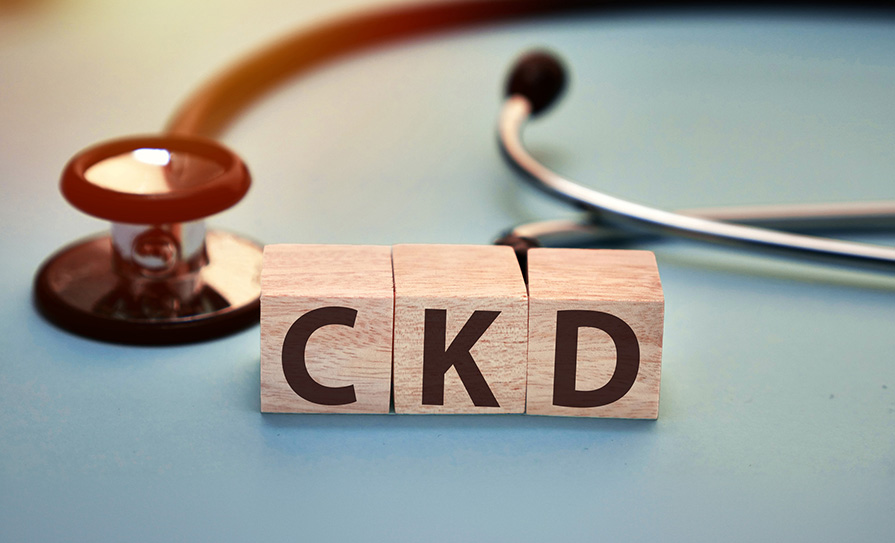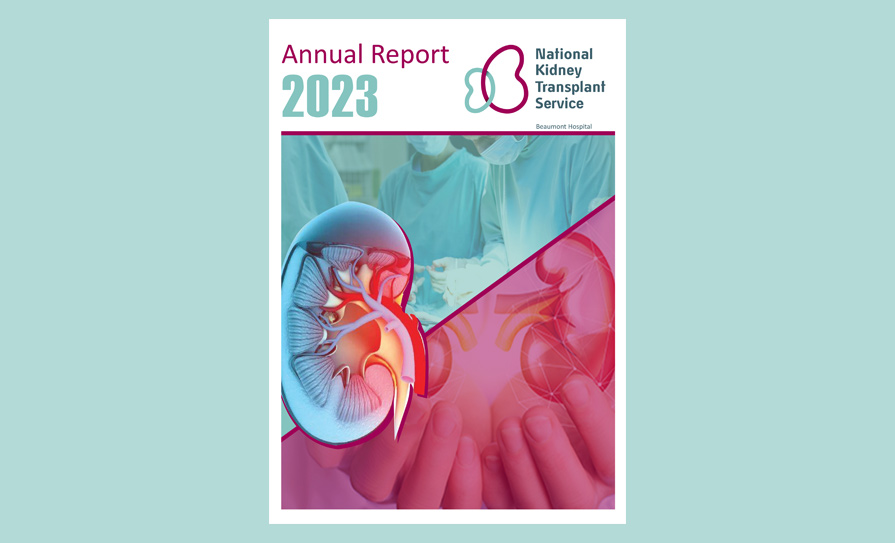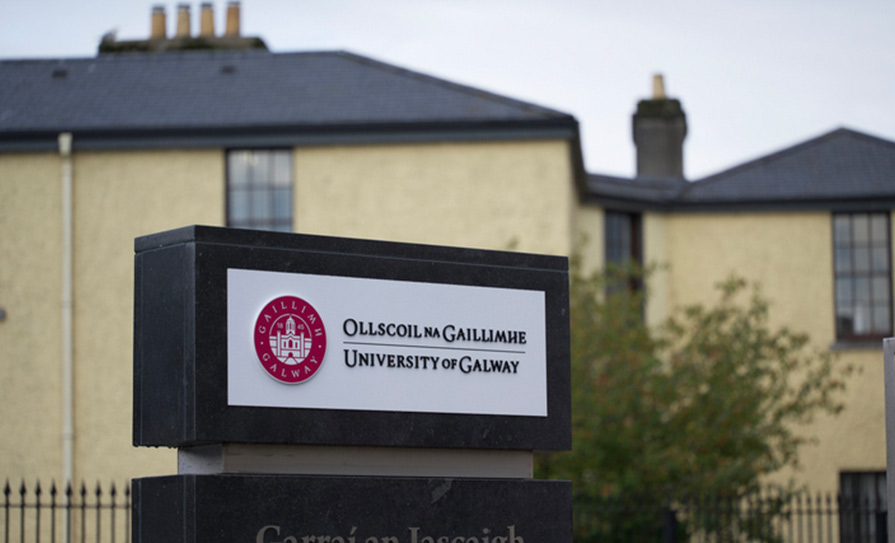The paper, Budget 2019: Hospital Income — 2013-2017, says income budgets appear to be overestimated and this was “particularly notable” in 2017, when the income budget was almost 10 per cent higher than the income raised in the previous year. The issue is posing a risk to service delivery, according to the document.
“The budgeting of income would appear to take little account of actual trends. Overestimation of income budgets has significant implications for health spending. This is due to the fact that service levels are committed to on the basis of gross spend, not net spend. In the event that the forecasted own resource income levels are not realised, there is a risk that services cannot be delivered unless the Exchequer funds the shortfall.”
Gross health spend increased by almost €1 billion (21 per cent) between 2013 and 2017. This growth was driven by a 20 per cent (€800 million) increase in Exchequer funding and a 28 per cent (€185 million) increase in income generation. Last year, private patient charges and other non-patient income constituted 90 per cent of total receipts.
Between 2013 and 2016, private patient income grew by 35 per cent. This was primarily due to an amendment to the Health Act in 2013 providing for the charging of all private inpatients from 1 January 2014. “However, since 2016, private patient income has been falling,” the paper notes. “In 2017, private patient income was 9 per cent lower than 2016 and trends observed to date in 2018 show that this is continuing. This decline in private patient income is attributable to a campaign by private health insurers requesting people to opt-out of using their insurance if treated in a public hospital.”*
In 2016, private patient income peaked at €626 million. However, by the end of 2017, this was back to €570 million, representing a decrease of 9 per cent. The data for January to June 2018 shows that private patient income is now €33 million, or 11 per cent behind where it was during the same period in 2017. The average monthly private patient income in the first half of 2017 was €49.8 million; for the second half of the year, this average had dropped by 9 per cent, to €45.4 million.
“This downward trend shows signs of continuing, albeit at a slower pace, with the average monthly private patient income down to €44.3 million in the first six months of 2018. This drop in private patient income is the result of a campaign by private health insurers requesting people to opt-out of using their insurance while in a public hospital. Given the proportion of total income that private patient charges constitute, this represents a significant challenge to acute [sector] income and must be managed accordingly.”
Aside from private patient income, hospitals also collect statutory charges from inpatients and outpatients. This ‘other patient income’ has fallen by 33 per cent between 2013 and 2017, from €99 million to €66 million. The largest portion of this fall is attributed to a 44 per cent fall in inpatient income, which coincides with the increase in private patient income over the period. Other non-patient income includes rental income, car-park income, shop and other sales, and internal drug reimbursements.
Internal drug reimbursements represent the biggest component of this income and has grown significantly over the period 2013 to 2017, according to the DPER paper.
“The largest jump observed in 2016/17 is primarily due to an accounting error that came to light in 2016. It was discovered that there was an inconsistency in the coding of drug reimbursement income across the hospital system. In 2017, all hospitals were instructed to budget and charge internal drug reimbursement income to ‘Other Income’; this resulted in a growth in this income line and reductions or smaller growth than in previous years for other income budget types.
“Crucially, however, this level of increase in other non-patient income is not sustainable over the long term and cannot adequately compensate for the drop-off in private patient income. This is because it is largely comprised of drug reimbursement income, which represents an internal funds transfer. It is not revenue-generating in its nature. In other words, drug reimbursement income is only generated on the back of the Exchequer-funded purchase of drugs.”
The paper concludes that there is “an obvious challenge” presented in the area of hospital income and it is “not clear” what steps are being taken to address this. “In the absence of careful budget management and credible assumptions underpinning the annual forecasts, there is a risk that the integrity of the annual health budget is undermined.”
*Meanwhile, in relation to the DPER paper’s reference to the campaign by private health insurers, a spokesperson for Insurance Ireland commented:
“Research carried out in January 2017 showed a significant lack of understanding among people with health insurance of the purpose and consequences of the form they were being asked to sign once admitted to public hospitals through A&E.
“In response, insurers embarked on a communications campaign to remind their customers of their rights to public treatment in public hospitals and to encourage those customers who are presented with the form to ask what additional services they are going to receive by waiving their right to public treatment.
“Signing this form results in the patient’s insurance company being charged €813 per day which is over ten times the public rate of €80 per day. It is important that customers are able to make informed decisions, and when asked to sign this form, they should ask what additional services they are going to receive by waiving their right to public treatment. If they choose not to sign, they can be reassured that their insurer will still cover their costs.”












Leave a Reply
You must be logged in to post a comment.